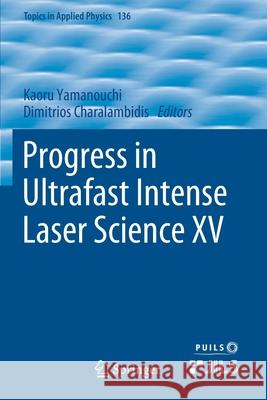Progress in Ultrafast Intense Laser Science XV » książka
topmenu
Progress in Ultrafast Intense Laser Science XV
ISBN-13: 9783030471002 / Angielski / Miękka / 2021 / 180 str.
Progress in Ultrafast Intense Laser Science XV
ISBN-13: 9783030471002 / Angielski / Miękka / 2021 / 180 str.
cena 483,04
(netto: 460,04 VAT: 5%)
Najniższa cena z 30 dni: 462,63
(netto: 460,04 VAT: 5%)
Najniższa cena z 30 dni: 462,63
Termin realizacji zamówienia:
ok. 22 dni roboczych.
ok. 22 dni roboczych.
Darmowa dostawa!
Kategorie BISAC:
Wydawca:
Springer
Seria wydawnicza:
Język:
Angielski
ISBN-13:
9783030471002
Rok wydania:
2021
Wydanie:
2020
Numer serii:
000024032
Ilość stron:
180
Waga:
0.27 kg
Wymiary:
23.39 x 15.6 x 1.04
Oprawa:
Miękka
Wolumenów:
01
Dodatkowe informacje:
Wydanie ilustrowane











